Governing the ML lifecycle at scale, Part 3: Setting up data governance at scale
NOVEMBER 22, 2024
For example, in the bank marketing use case, the management account would be responsible for setting up the organizational structure for the bank’s data and analytics teams, provisioning separate accounts for data governance, data lakes, and data science teams, and maintaining compliance with relevant financial regulations.

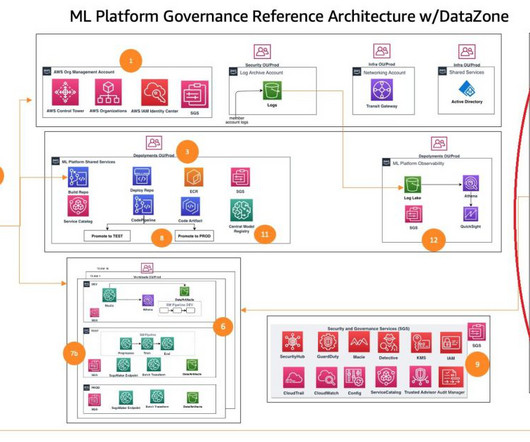
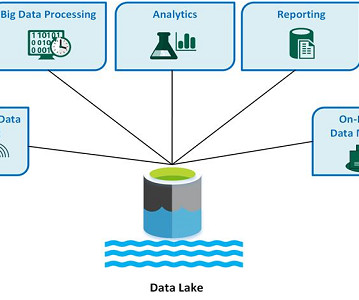
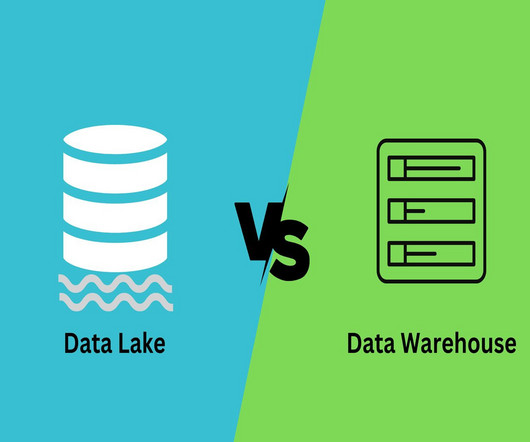



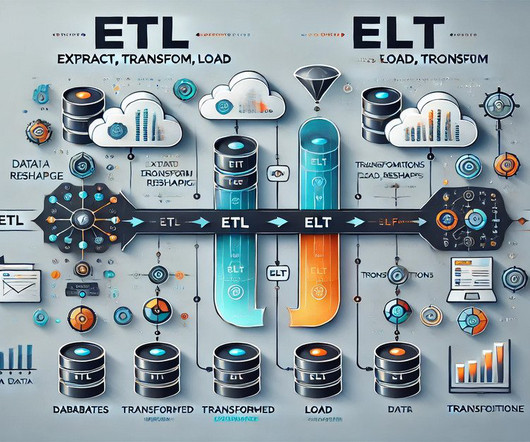


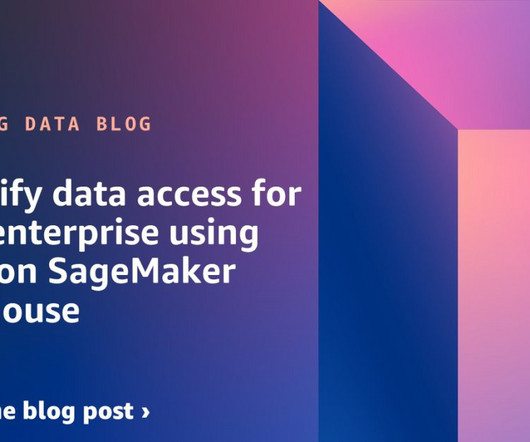
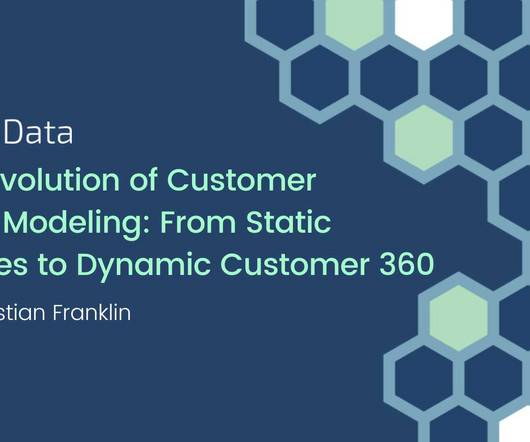






Let's personalize your content